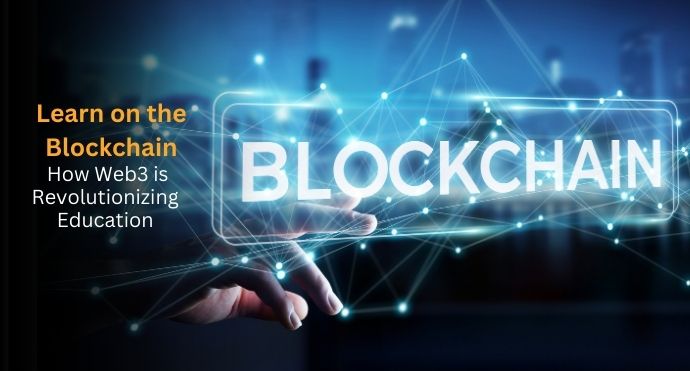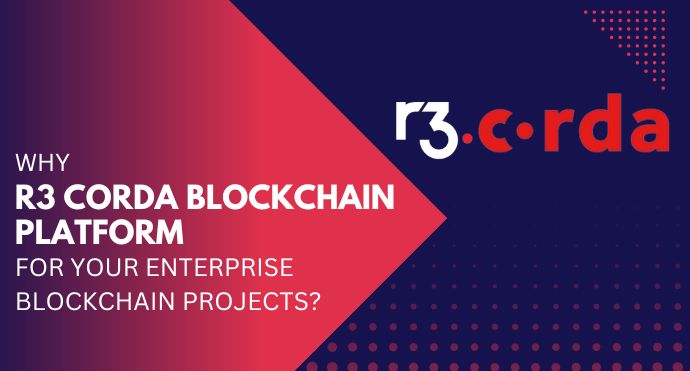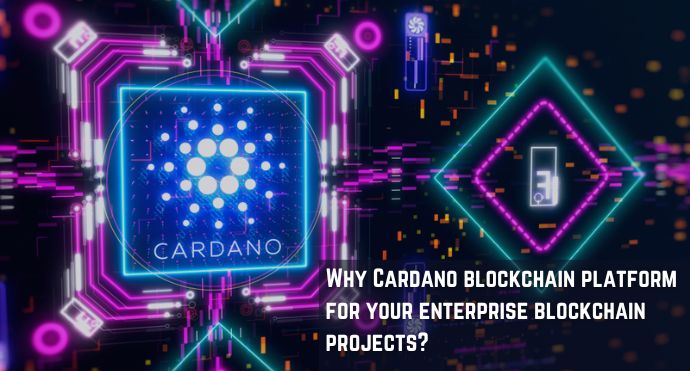The advent of Blockchain Technology and the emergence of Web3 have opened up new possibilities in various sectors, including education. Traditional educational systems often face challenges such as limited access, lack of transparency, and difficulties in verifying credentials. However, with the integration of blockchain technology, the landscape of education is undergoing a transformation. In this blog post, we will explore how Web3 is revolutionizing education and revolutionizing the way we learn.
Decentralized Learning Platforms
Web3-powered decentralized learning platforms are reshaping the educational landscape. These platforms leverage blockchain technology to create decentralized networks where students and educators can connect directly without intermediaries. By removing the need for centralized authorities, such platforms offer greater accessibility, transparency, and trust in educational transactions.
Immutable Records and Verifiable Credentials
One of the significant advantages of blockchain technology is its ability to provide immutable records and verifiable credentials. Educational institutions can issue digital certificates or diplomas on the blockchain, ensuring that they cannot be tampered with or fraudulently reproduced. This feature enables employers or other educational institutions to easily verify the authenticity of a student’s qualifications, streamlining the hiring process and fostering trust.
Micropayments and Tokenized Incentives
Web3 introduces the concept of micropayments and tokenized incentives in education. With blockchain-based microtransactions, students can pay for individual courses or learning resources instead of committing to full semester fees. Moreover, tokenized incentives can be used to reward students for their achievements, such as completing courses, achieving high grades, or contributing to the learning community. These incentives motivate learners and foster engagement in the educational ecosystem.
Peer-to-Peer Learning and Collaboration
Web3 enables peer-to-peer learning and collaboration on a global scale. Through decentralized platforms, students from different geographical locations can connect, exchange knowledge, and collaborate on projects. This fosters a diverse and inclusive learning environment, breaking down the barriers of traditional educational systems.
Lifelong Learning and Credential Portability
Blockchain technology facilitates lifelong learning and enhances credential portability. Individuals can store their educational achievements, certifications, and records on a decentralized ledger, ensuring they have permanent ownership and control. This enables seamless transferability of credentials across institutions, eliminating the need for repetitive verification processes and reducing administrative burdens.
Conclusion:
Web3 and blockchain technology are revolutionizing education by decentralizing learning platforms, providing immutable records, introducing micropayments and tokenized incentives, enabling peer-to-peer learning, and enhancing credential portability. This transformative shift empowers learners, educators, and institutions by fostering a transparent, accessible, and collaborative educational ecosystem. As we continue to embrace the potential of Web3, we can look forward to a future where education is truly borderless and democratized.



